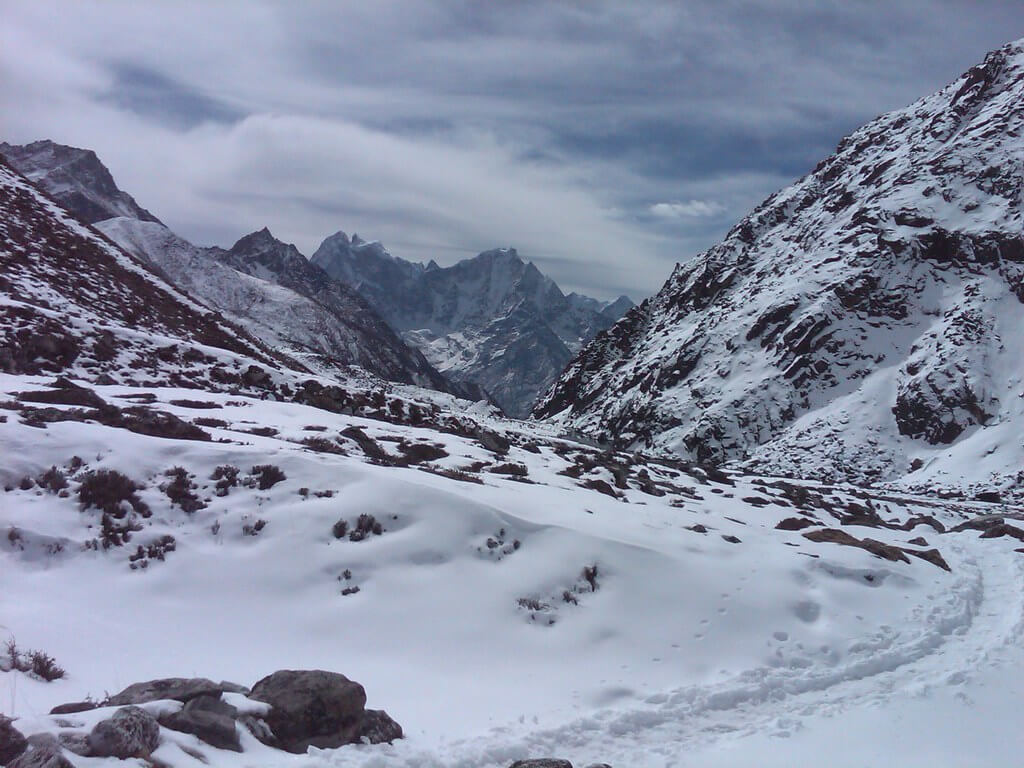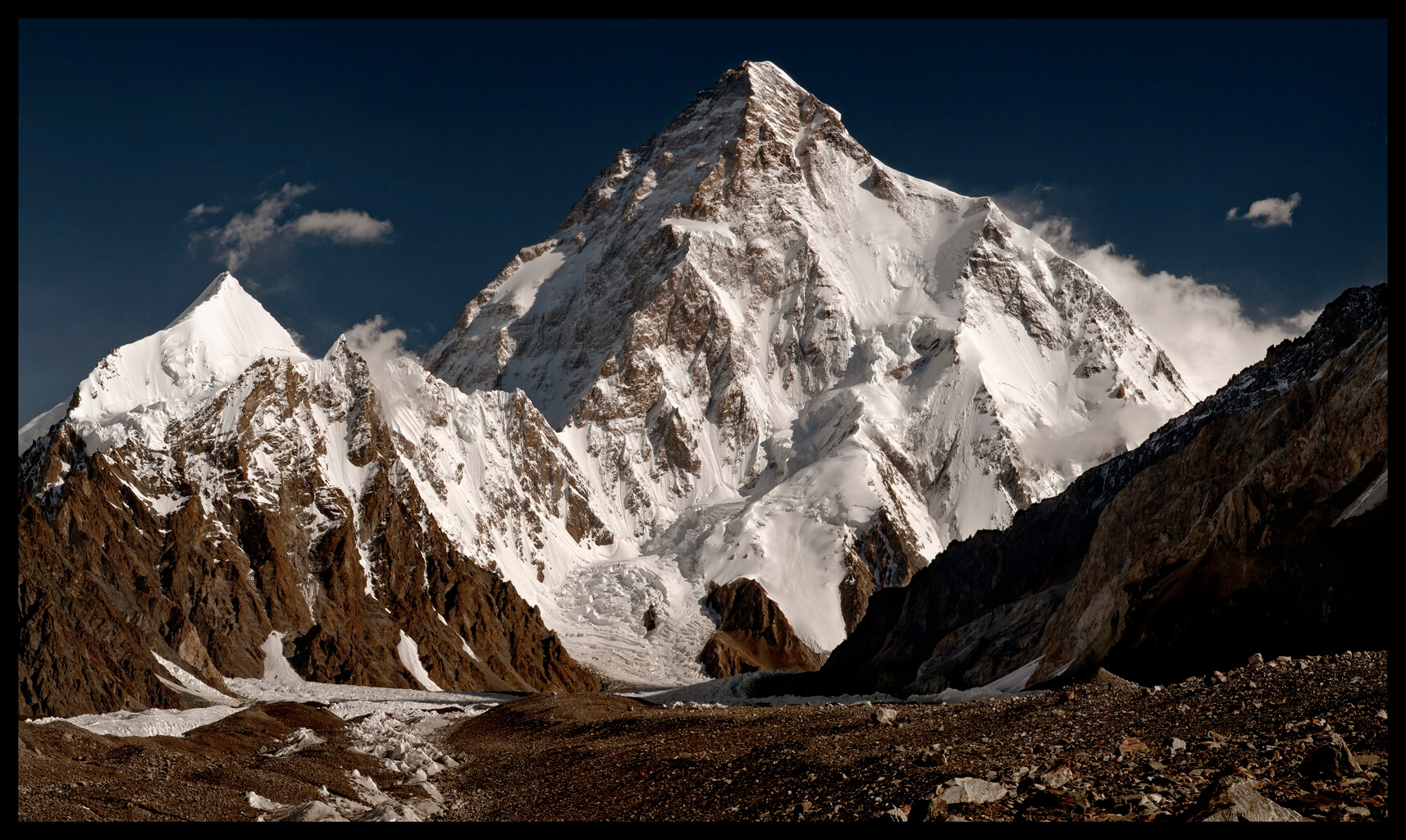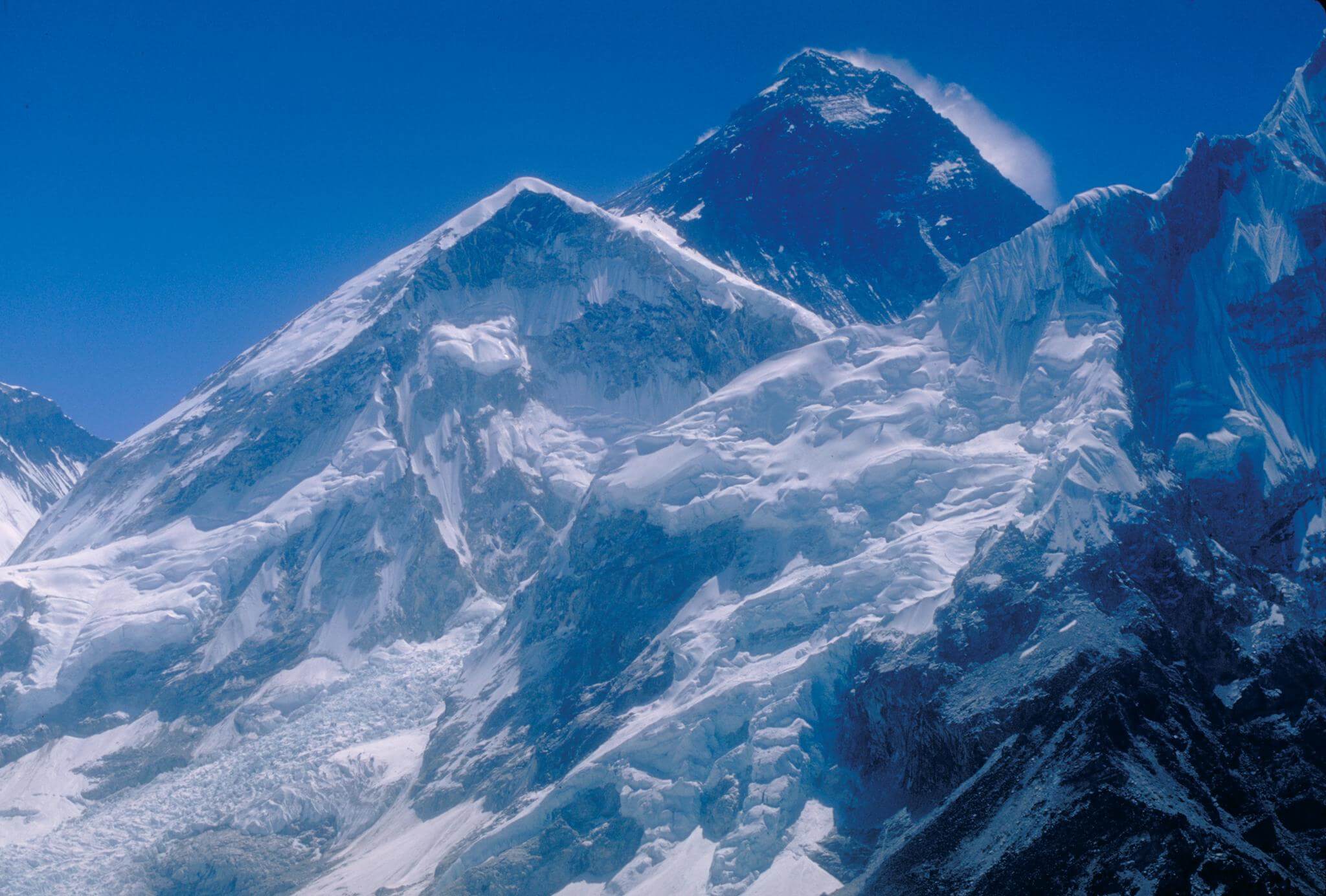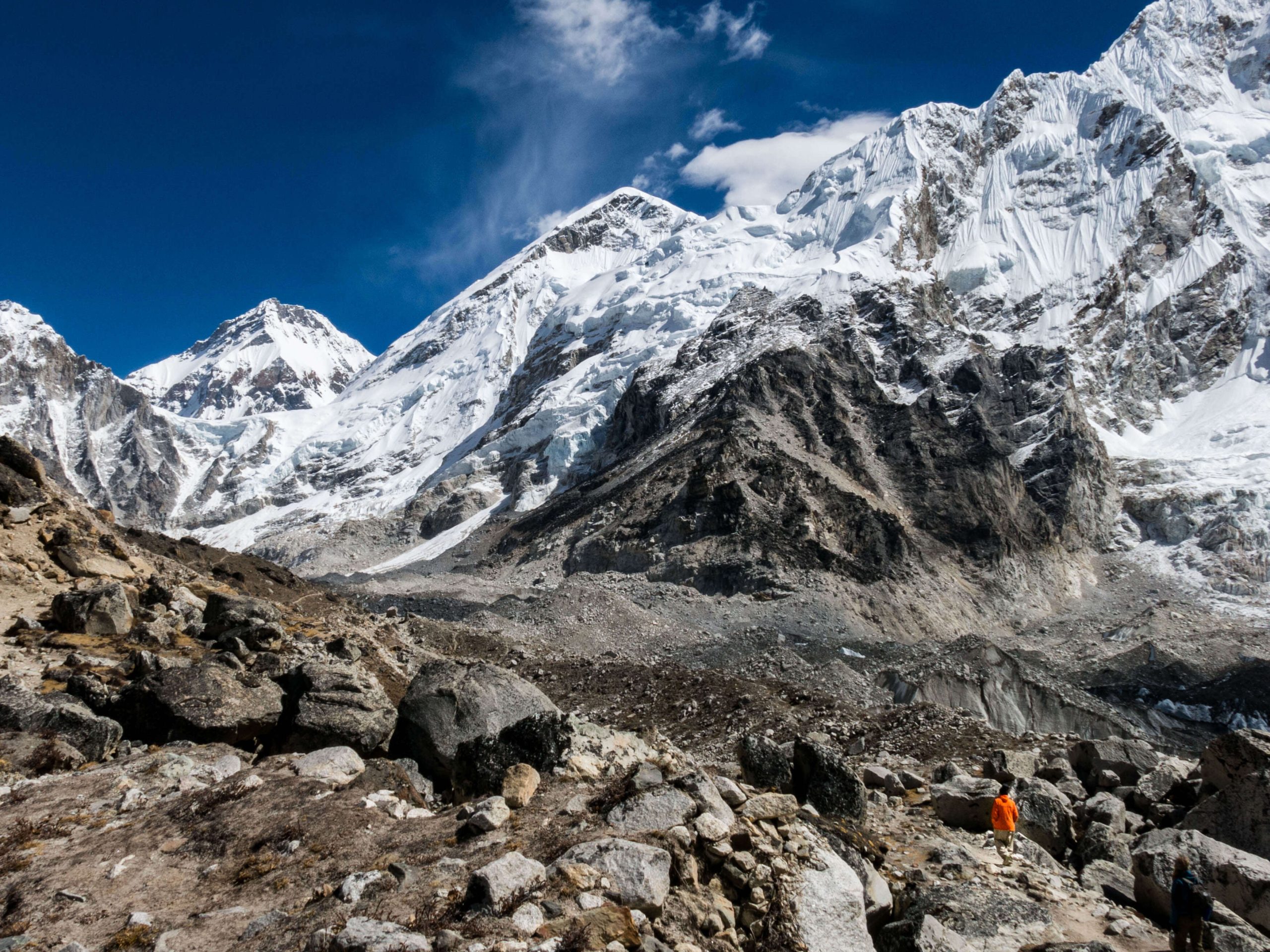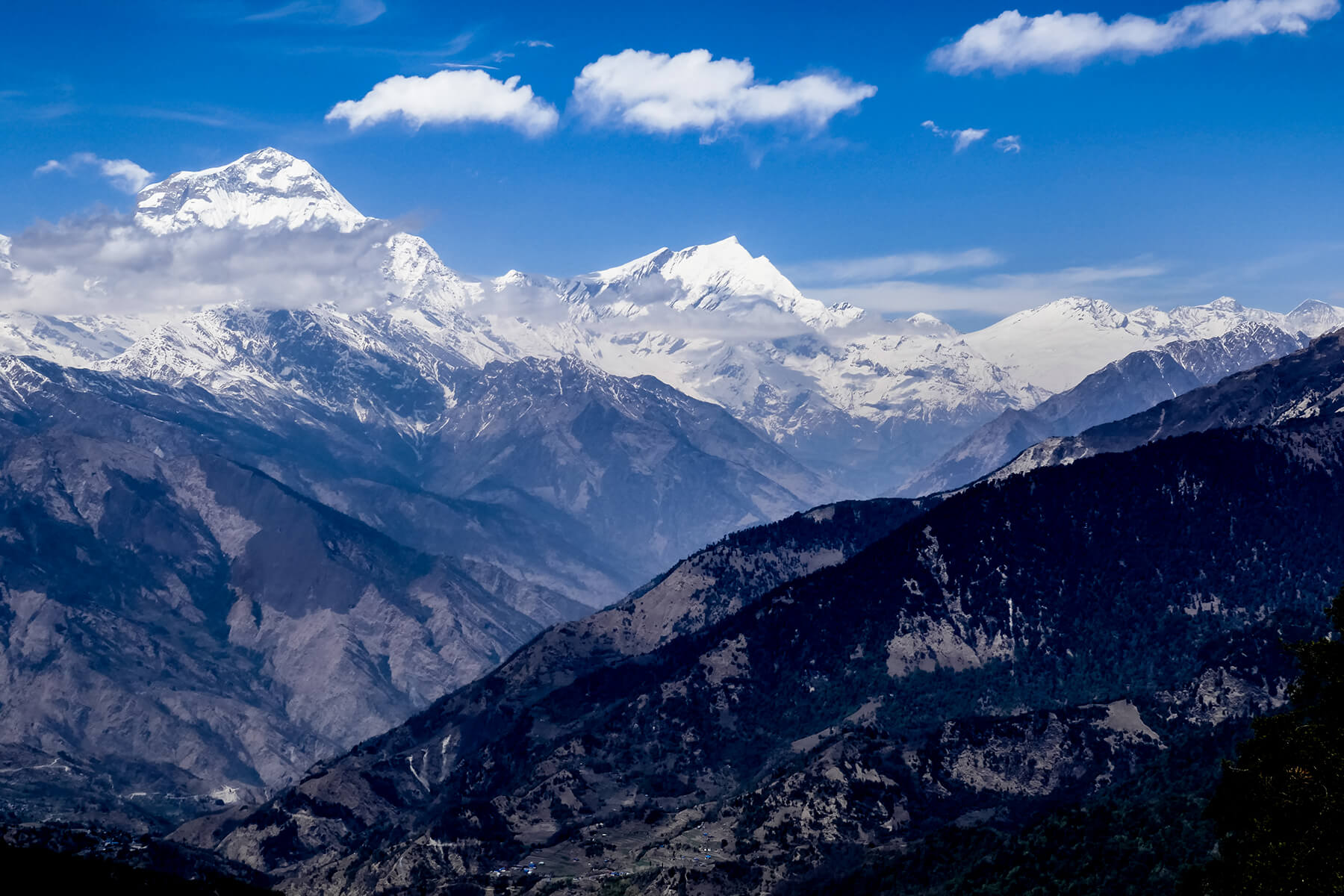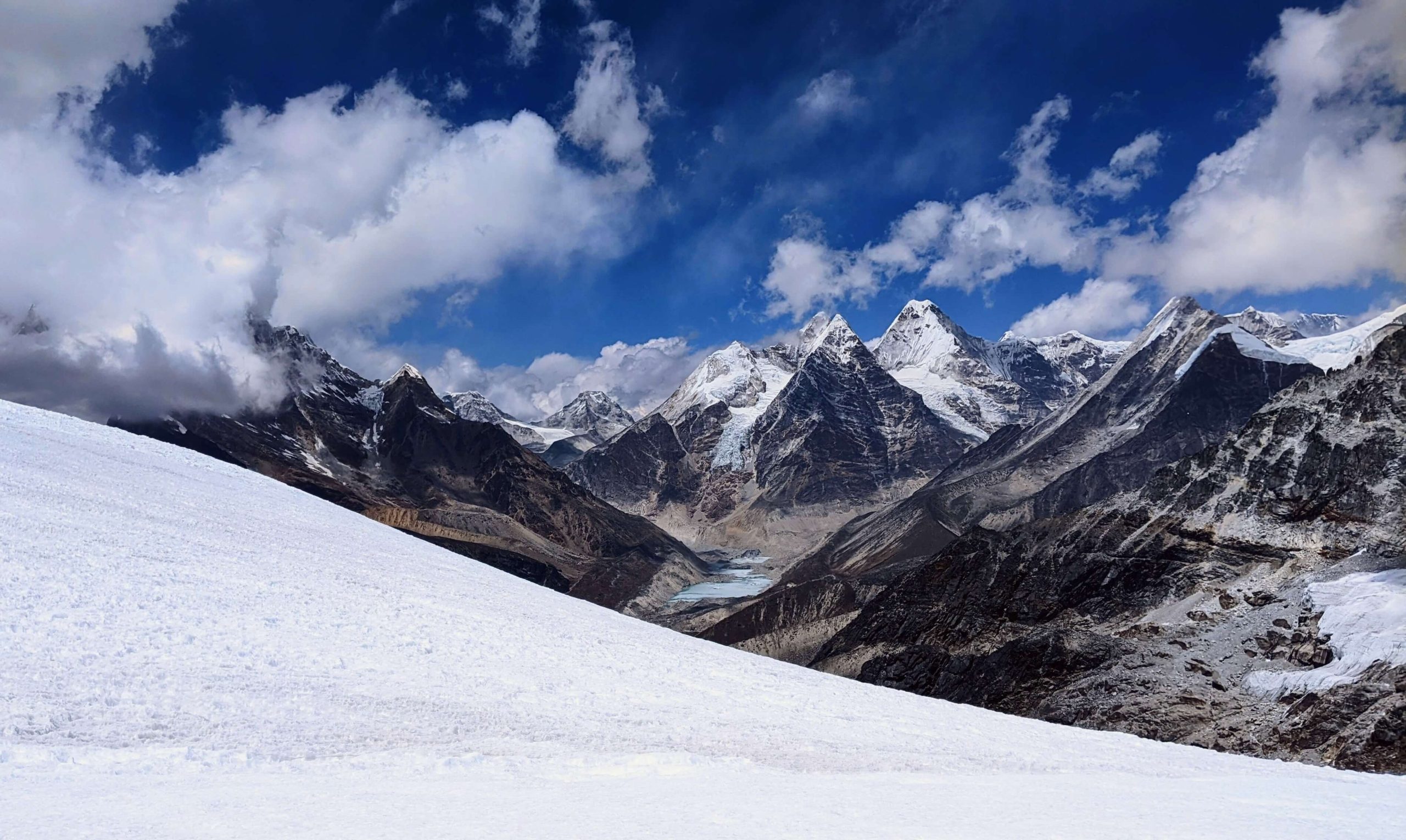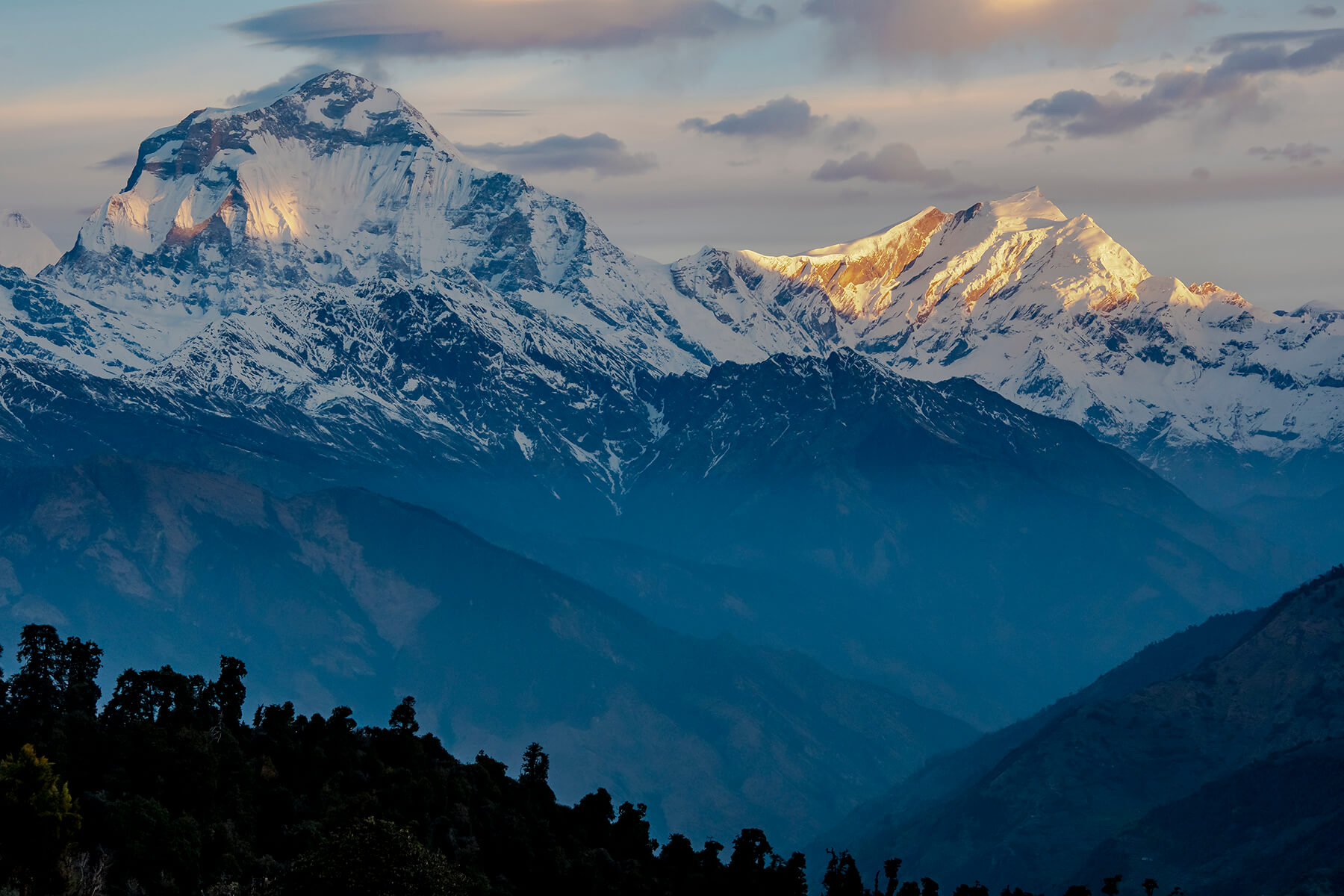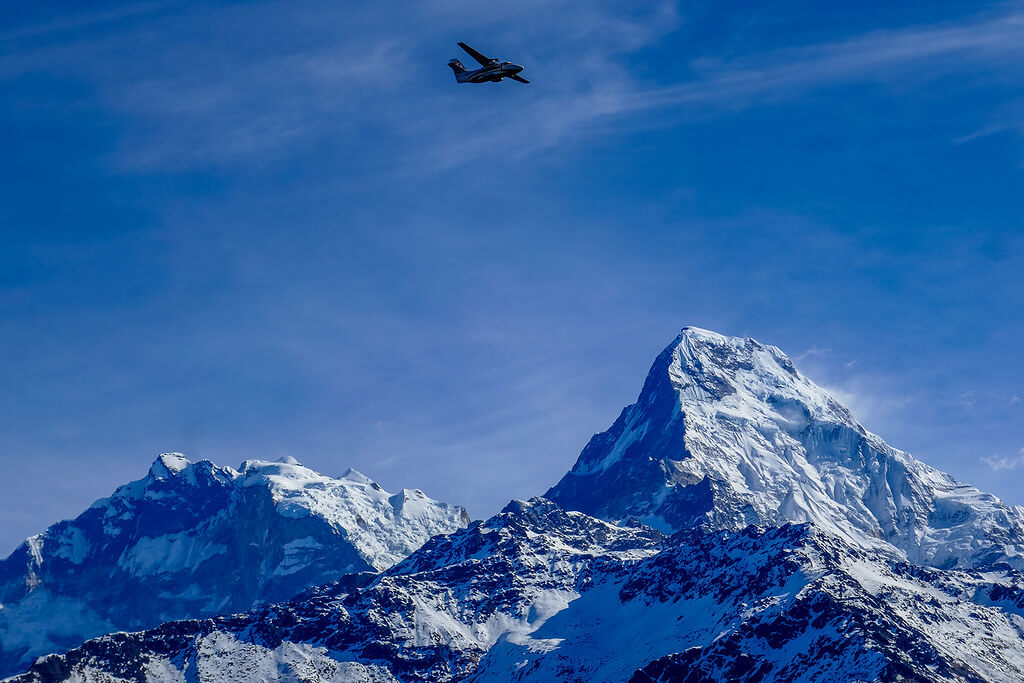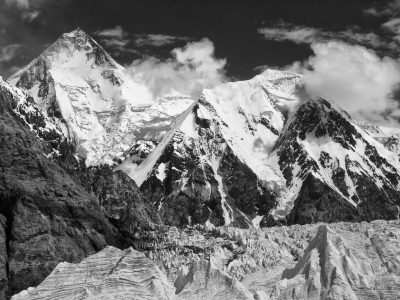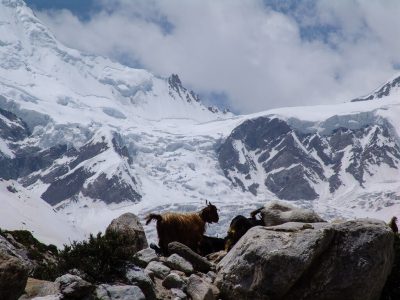Himalayas
The Himalayas, sometimes known as the "Roof of the World," is a spectacular mountain range that stretches across numerous South Asian countries, including India, Nepal, Bhutan, Tibet (China), and Pakistan. It is famous for its awe-inspiring peaks, breathtaking vistas, and cultural significance, stretching over 2,400 kilometers (1,500 miles).
The Himalayas are home to the world's highest peaks, including Mount Everest, which towers at 8,848 meters (29,029 feet). Other noteworthy peaks, like Kanchenjunga, Makalu, and Annapurna, dominate the skyline, attracting mountaineers, explorers, and nature lovers from all over the world.
The Himalayas are culturally and spiritually significant in addition to their physical magnificence. The region is home to a wide range of ethnic groups, each with its own unique set of traditions, languages, and religious practices. The Himalayas are deeply embedded in Hinduism and Buddhism, with sacred sites, monasteries, and pilgrimage routes dispersed throughout the range. Rishikesh, Varanasi, Lumbini, and Bodh Gaya have unique meanings for followers of various faiths.
The Himalayas also host a diverse range of wildlife. Its ecosystems are diverse, ranging from subtropical woods in the lower valleys to alpine meadows and freezing glaciers at higher elevations. These environments are home to a diverse diversity of flora and wildlife, including rare and endangered species like the snow leopard, Himalayan tahr, musk deer, and different rhododendron and orchid species.
The rivers that flow from the Himalayas provide water to millions of people in the region. The Ganges, Indus, and Brahmaputra rivers, as well as their tributaries, run through the valleys, supplying water for irrigation, hydroelectric power, and food for innumerable people. These rivers nourished past civilizations as well, and their valleys are filled with historical sites, old temples, and cultural icons. The Himalayas' attraction extends beyond its natural and cultural wonders. Trekking, mountaineering, skiing, animal safaris, and spiritual retreats are among the adventure activities available.
The region's enthralling vistas, tranquil mountain communities, and friendly hospitality make it an unforgettable destination for those seeking both physical and spiritual experiences.
The Himalayas, on the other hand, suffer a number of environmental issues, including climate change, deforestation, and unsustainable tourism practices. Sustainable development, conservation, and responsible tourism are being promoted in order to maintain the region's fragile ecosystems and preserve its cultural heritage for future generations.
In conclusion, the Himalayas are an iconic symbol of natural beauty, cultural wealth, and spiritual significance. This spectacular mountain range continues to enchant the globe with its magnificence, giving a gateway to adventure, enlightenment, and exploration, from its towering peaks to its tranquil valleys.
| Languages spoken | Urdu |
|---|---|
| Currency used | Pakistani Rupee (pkr) |
| Area (km2) | 595,000 km² |
| Country name | Pakistan |

